 A new chat experience: the bug perspective. A new chat experience: the bug perspective. When looking for articles about switching operating systems, most describe the Windows to Mac OS X change. Rarely there's a recent article that describes the opposite. This blog post is the first in a series of posts telling the adventures and challenges of a hardcore Mac OS X user who is forced to do the opposite. I'm not going into the rationale behind the switch, nor the reason, but rather focus on the user experience of hardware, operating system and software. Some background: the source system is a 15 inch mid-2010 Macbook Pro (manufacture date 2010-05-24 as shown by the excellent CoconutBattery) running MacOS X Yosemite 10.10.5 with 8 GB of RAM, a dual core i5 @ 2,4 GHz, a 500 GB SATA drive and a 15,4 inch 1680x1050 display. If it wasn't for the failing NVidia GeForce GT 330M, which causes random spontaneous reboots, replacing the SATA drive with a 500 GB SSD drive would easily extend the life of this laptop with 4 years. Professionally I use productivity tools like MS Office, OmniGraffle, FileMaker Pro and all Apps that come with Mac OS X. The systems is Active Directory integrated and talks to our company MS Exchange environment. As a power user in an Internet organisation, I tend to heavily rely on Mac OS X's Terminal and love the Unix system under the hood. Since security is my primary activity, the laptop does have some other tools installed like "zenmap", "wireshark", "gpgtools" and Parallels. My user account allows me to elevate permissions when needed but only when the machine is connected to the office network and "sees" the AD severs. The target system is a Dell XPS 9343 running Windows 8.1 Professional with 8 GB RAM, a dual core, dual threaded core i7 @ 2,6 GHz, a 250 GB SSD, and a 13 inch 3200x1800 Infinity touchscreen display. It is obviously Acitve Directory integrated and I have a normal user account. Traditional productivity suites are installed and some replacements for the software I used on the Mac. I do have experience with pre-Windows 8 systems, unfortunately the Metro interface is brand new to me as is Windows 8.1, but as the interface has been built for tablets and ease of use I assumed it wouldn't be too hard to get used to it. Before diving into the Operating System and the User Experience, let's first have a look at how the hardware performs and presents itself. The Dell XPS 9343 is comparable to a MacBook Pro 13 inch Retina. The MacBook will still be more expensive, but it has better hardware when doing a side by side comparison. The first thing I noticed when using the laptop, was the apparent lack of a camera. The Infinity screen reaches out to all sides of the display and as a result, there is seemingly no room for a camera. Well not in the conventional location that is. There is a camera, in the lower left corner, which results in an extremely odd and unnatural perspective that feels like you're being watched by a bug. The Infinity screen has a resolution of 3200x1800, which is a 16:9 ratio. 16:9 is acceptable for viewing media like one would do on a television, but makes no sense on a laptop. With a 16:10 ratio one has more screen estate on the Y-axis. Especially when using productivity apps like Excel and Word, this lack of screen estate becomes quickly annoying. The Infinity display is Dell's answer to Apples Retina display. Unfortunately Retina is a bit more than a high resolution panel. Windows 8.1 insists that the optimal resolution is 3200x1600, but this results in dialog boxes and icons that are barely readable, text that is disproportionately fine, anti-aliasing that is simply wrong and the inability to handle high density and normal density screens at the same time. Some examples of this odd and disturbing behavior are illustrated in the picture gallery below. 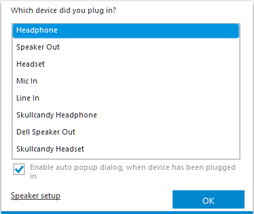 why asking? and what's with Skullcandy? why asking? and what's with Skullcandy? As a result I need to lock my laptop resolution to 1600x900 and refrain from using an external monitor as the anti-aliasing simply makes most applications hard to read. The display is a touchscreen, which is in my opinion a completely useless gadget on a laptop. Especially with a high glare display, the only thing a touchscreen does is getting a smudged screen. I had it disabled after I had adjusted the glaring screen for the umpteenth time and had all kinds of silly things happening. As a security conscious person I don't like wireless connections to be active without any purpose. To my surprise the Dell XPS laptop has its Bluetooth on by default. No problem, I'll just click or right click the icon in the task tray and disable the thing. Huh? Nope... no possibility to disable the radio and even worse, there is no hard switch either to do it. That is until I pressed the Windows key and started to type Blue... and tadaah, there's a different Bluetooth settings app, which not only looks completely different with its Metro look and feel, but had the switch I was looking for. And then there are some minor annoyances like a laptop that goes to sleep and doesn't wake up unless I actually close and open the display, or a pop-up headset selector whenever I insert my headphones and which make me go "WTF?! really???", or a touchpad that is completely ignorant of the extensive gestures I use(d) on the MacBook Pro. First impressions and conclusions?
1 Comment
|
About this BlogIT Technology, networking, Apple, iDevices, Android, IPv6, DNS. Archives
November 2015
Categories
All
|
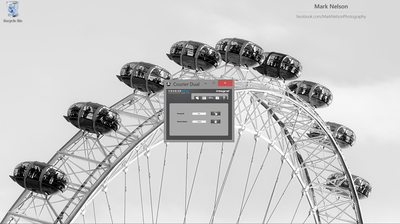
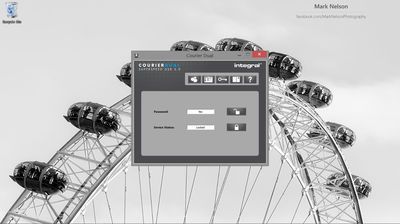

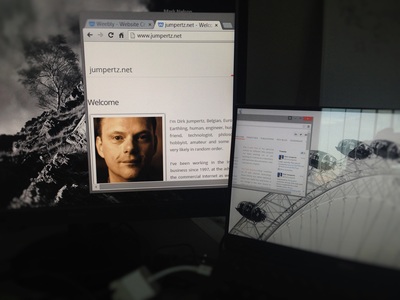
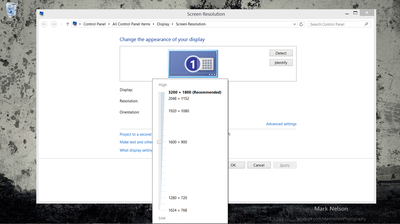

 RSS Feed
RSS Feed
